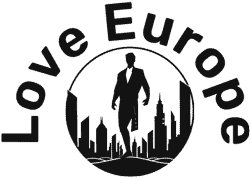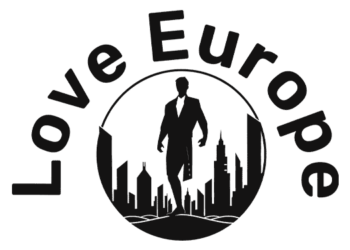Two-thirds of Denmark’s GDP growth came from just four boroughs. All share one thing in common: they’re where Novo Nordisk premises are located. Among them Kalundborg saw a staggering 27% growth rate in 2022, according to the most recent data available. “We were number one,” says Damm, adding that unemployment in the area, once high a decade ago, is now among the region’s lowest.
Novo Nordisk’s swelling corporate tax bill has lifted the municipality’s finances, which has splashed out on a public swimming area, and plans for a new culture house and library. More than 1,250 homes will be built, and ground has been broken for a new motorway to Copenhagen.
Yet despite this income, local primary schools lag behind on subjects like maths, and the area has a higher rate of overweight children, prompting some criticism.
Speaking to the BBC, locals in Kalundborg were measured about seeing the benefits just yet. “Businesses opening and closing, that’s the same,” says Lonny Frederiksen, who runs a hair salon in the town. “But young people have more opportunities today.”
Many workers commute rather than living in Kalundborg, adds customer Gitte Pedersen, while lamenting the heavy traffic. “Sometimes I have to wait [because of the] queues and I don’t like that.” But she’s optimistic about the town’s future, “It will bring a lot of jobs. In a few years we’ll see the difference.”
Insatiable Demand
For a century Novo Nordisk’s business was built on making insulin, but the discovery of semaglutide’s weight-loss effect, marked a turning point. “It is really transforming into a new firm,” says Kurt Jacobsen, a professor at Copenhagen Business School, who’s authored a book on the company.
Wegovy and Ozempic belong to a class of drugs called GLP-1s, that help control blood sugar and suppress appetite. Ozempic got US approval in 2017, followed in 2021 by Wegovy, which is now available in thirteen countries, including China.
Sales of the weekly weight-loss jab grew 86 percent last year, while Ozempic is the world’s biggest-selling diabetes medicine, and 45 million people now use the firm’s treatments.
More than half of Novo Nordisk’s sales were in the United States, where tens of thousands of new Wegovy users have signed up weekly for prescriptions. There it costs more than $1,000 (£746, €958) a month, compared to only $92 (£73/€88) in Germany, and many insurers refuse to cover it.
During a congressional hearing last year, Senator Bernie Sanders repeatedly asked Novo Nordisk’s chief executive officer Lars Frugaard Jørgensen why Americans pay more, demanding the company “Stop ripping us off!” In response, the firm blamed the complexities and “middlemen” of the American healthcare system.
Source link : http://www.bing.com/news/apiclick.aspx?ref=FexRss&aid=&tid=67b825ed435b4419ae36152a2d94bb48&url=https%3A%2F%2Fwww.bbc.co.uk%2Fworklife%2Farticle%2F20250220-hotdogs-and-motorways-the-ripples-created-by-denmarks-ozempic-and-wegovy-boom&c=15312650098629179719&mkt=de-de
Author :
Publish date : 2025-02-20 05:26:00
Copyright for syndicated content belongs to the linked Source.


